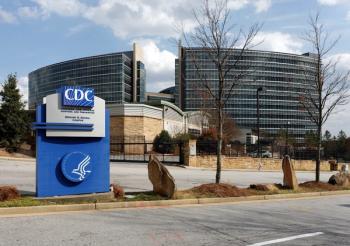
Market transition to fee for value: Practical implications
Key market trends are placing pressure on healthcare providers to adapt new ways of delivering care more efficiently while improving patient outcomes. Cardiovascular care (and the importance of coordinating cardiovascular care) is critical because it comprises a significant portion of the overall healthcare spend, particularly in light of changing demographics.
Key market trends are placing pressure on healthcare providers to adapt new ways of delivering care more efficiently while improving patient outcomes. Cardiovascular care (and the importance of coordinating cardiovascular care) is critical because it comprises a significant portion of the overall healthcare spend, particularly in light of changing demographics.
“As we look at aging in the population, it is crucial to be able to more effectively provide cardiovascular care in the way that yields greater value, lower cost, and better outcomes,” said Andy Ziskind, MD, Managing Director,
One of the market trends occurring is the transition to payment for value that is shifting risk to cardiovascular providers, he said. Among the effects of this will be decreased reimbursement, a shift toward government payers, and high deductible health plans engaging consumers around out of pocket costs.
And according to Ziskind, a predominant payment model for specialists over the medium to longer term will be a shift to bundled payments.
“Bundled payments, both in terms of cost and outcomes, can’t be effectively managed by cardiovascular providers if they can’t manage post acute care for cardiovascular patients,” he said. “It is a lot easier to coordinate and supervise the inpatient than it is to standardize what happens when the patient leaves the hospital.”
Although Ziskind believes there is already an alignment starting to happen between hospital care and professional care, with about 65% of cardiologists now employed by hospitals and other institutions other than in physician-owned practices, he emphasized that much of the cost of cardiovascular care is still in the out-patient setting. “This cost requires intense coordination with the patient-centered medical home and the patient’s primary care,” Ziskind said, which includes such things as better chronic disease management and improved patient engagement.
He urged cardiovascular practices to start thinking of three key things they can begin to do to meet the challenges of this changing market: change the way care is delivered, readdress the business and clinic alignment, and ensure they have a seat at the table in the delivery system.
Newsletter
Stay informed and empowered with Medical Economics enewsletter, delivering expert insights, financial strategies, practice management tips and technology trends — tailored for today’s physicians.
















